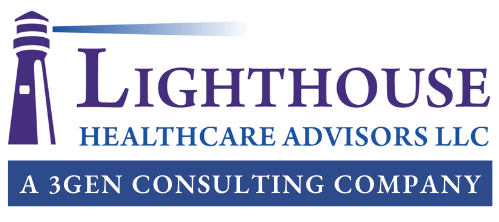R=1. An almost unattainable feat in the world of statistical analysis. R, the correlation coefficient, is the measurement of how closely two variables are related. The closer the value of R is to one, the stronger the correlation. A value of one signals absolute correlation, which is why in a real world application, this value is virtually impossible to achieve.
Turning to healthcare, there are endless possibilities when it comes to finding a correlation between elements in the industry. Many of healthcare’s initiatives and practices are already rooted in correlations, although you may have never thought about them in these statistical terms. How does the quality of care correlate to hospital readmission rates? How does the utilization of supplies by cardiologists correlate to costs? How do the work RVUs of a primary care doctor correlate to his compensation? This list is endless, and with new ideas and models entering the healthcare arena with increasing frequency, opportunities to discover new correlations are also endless.
So what is the next big correlation that we should be on the lookout for? Value-Based Care (VBC) and analytics. Continuing with the statistical theme, I hypothesize that as VBC and corresponding reimbursement models develop in the industry, so too does the need for powerful analytics to help organizations make informed decisions. While the actual mathematical calculation may prove the R value to be less than a perfect 1, the sentiment surrounding it remains the same. Value-Based care is still in its infancy and making sure that the industry is prepared, means developing ways to monitor and track the affects it is having.
The impending changes in Medicare reimbursement for MIPS eligible physicians may be the best example to illustrate the need for analytics in VBC. On January 1, 2020, physicians will have their fee schedules adjusted based on the Risk Adjustment Factor (RAF) scores of their patient population. RAF scores are based on a complex algorithm developed by CMS and can only be calculated using an expensive statistical software that requires data to be organized in a specific format. Most providers don’t have the time and resources to dedicate to calculating patient’s RAF scores, yet it will become a major factor in their reimbursement.
Although this is one small example, it is safe to assume that more and more situations like it will start to appear over the next few years. A significant investment in analytics is the best way to prepare for this next wave of reimbursement. Whether organizations develop analytics skills internally or find an experienced partner that can help navigate them along the way, analysis of metrics in Value-Based programs will be a crucial element of physician practice operations. Without adequate analytics, the bottom line of an organization will suffer, making the preparation for this new correlation a necessity, not a luxury. Like it or not, this is the new reality of healthcare. That is why R = 1.
Content retrieved from: https://lighthousehealthcareadvisors.com/post/value-based-care-and-analytics-r-1.



